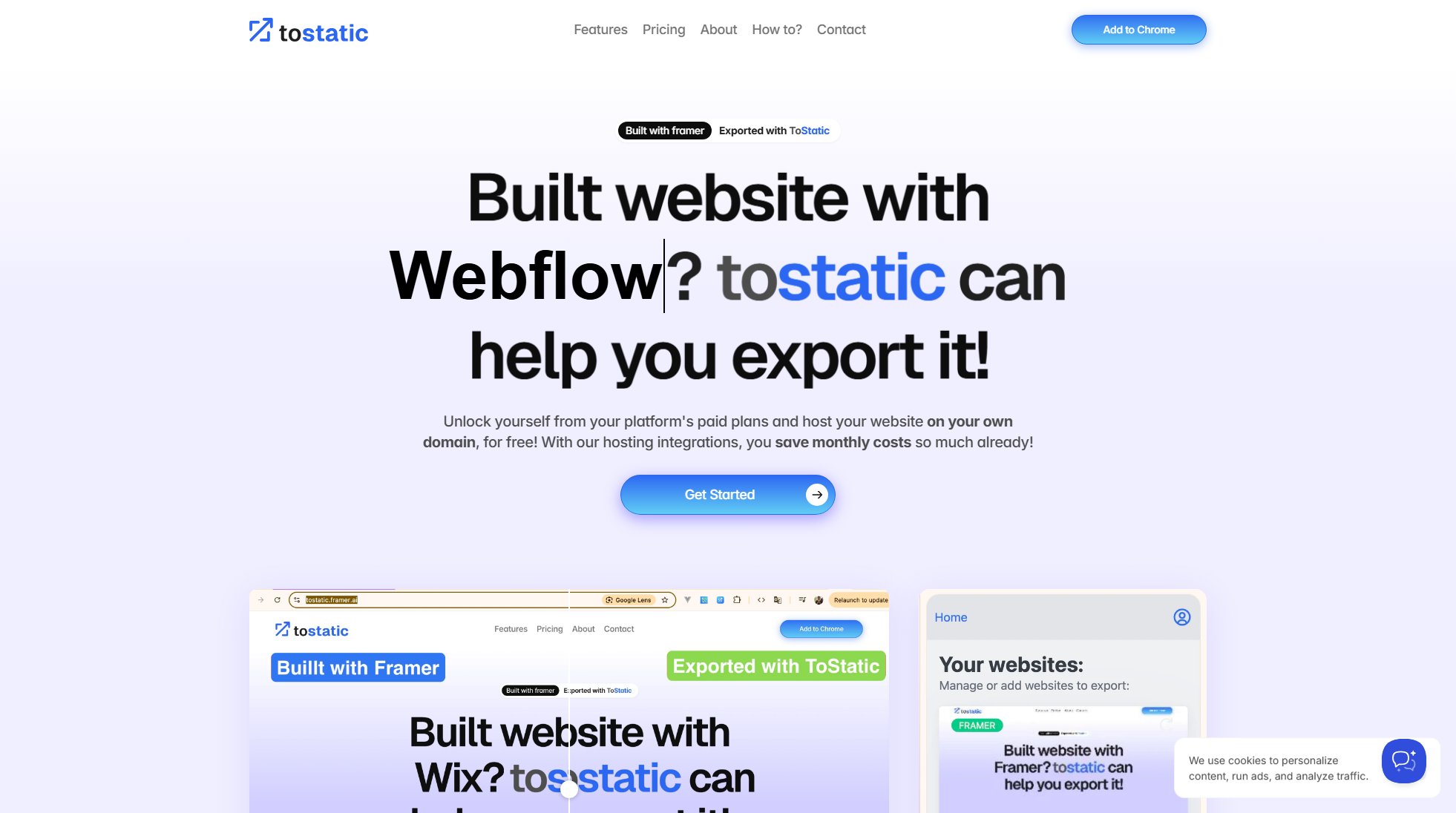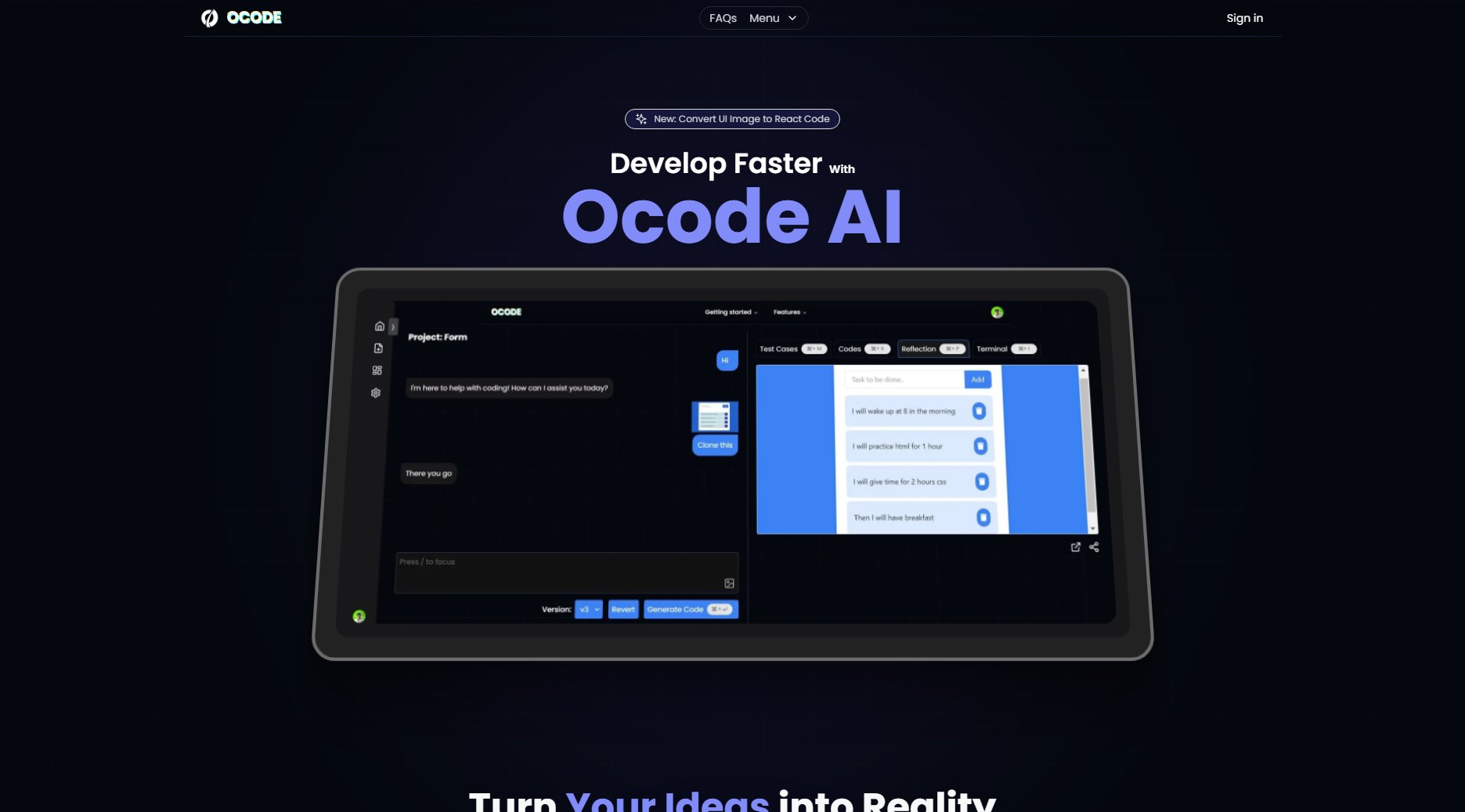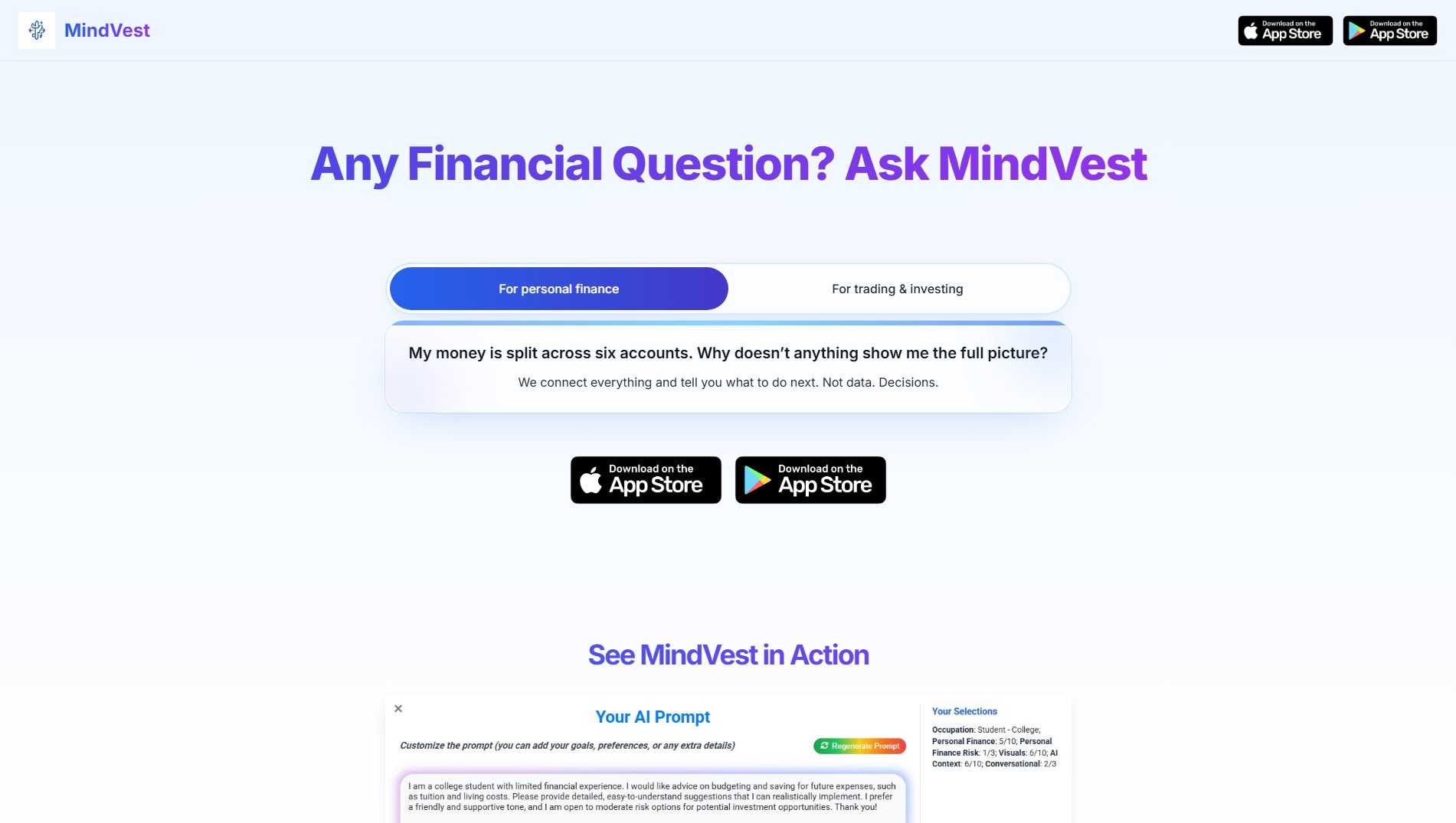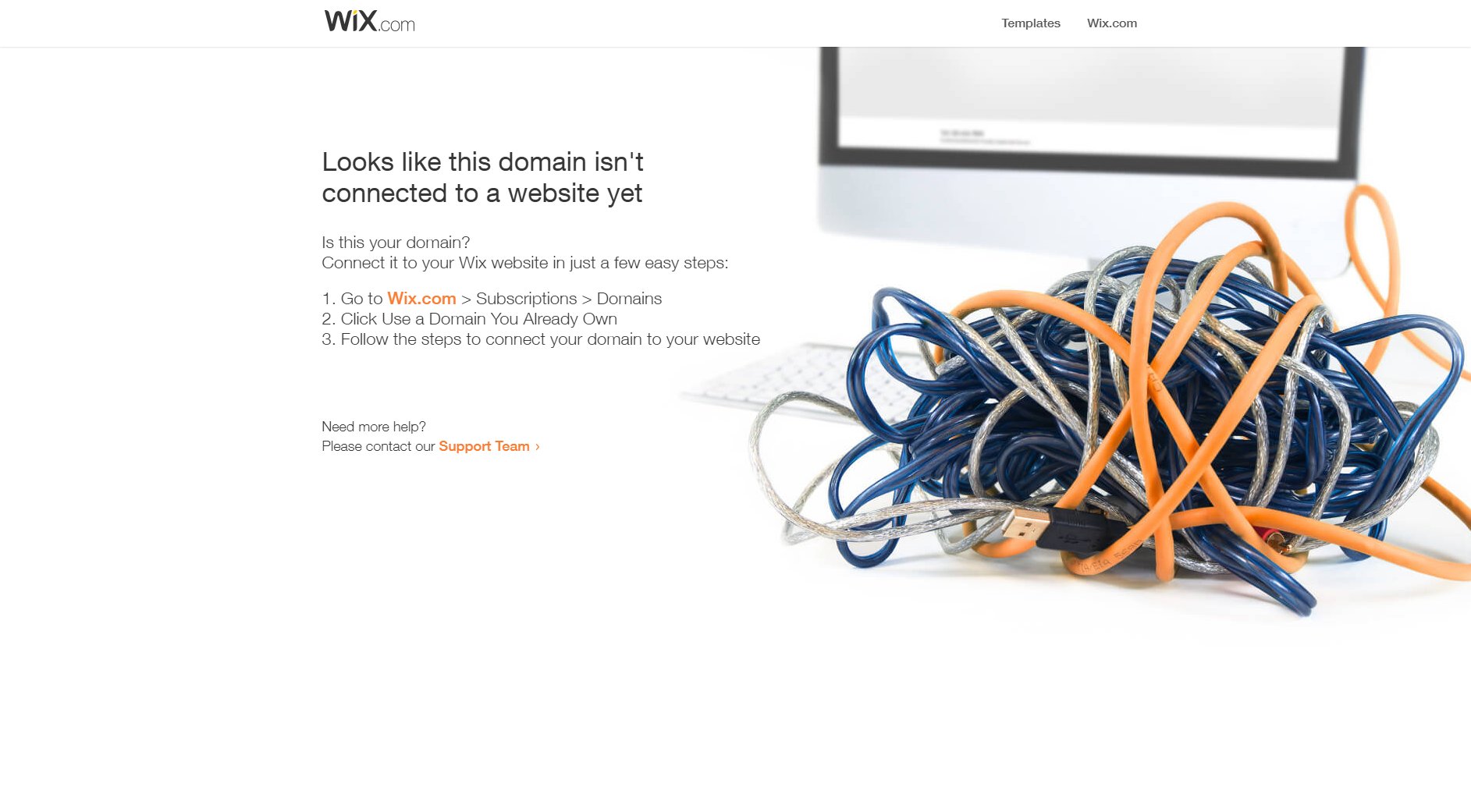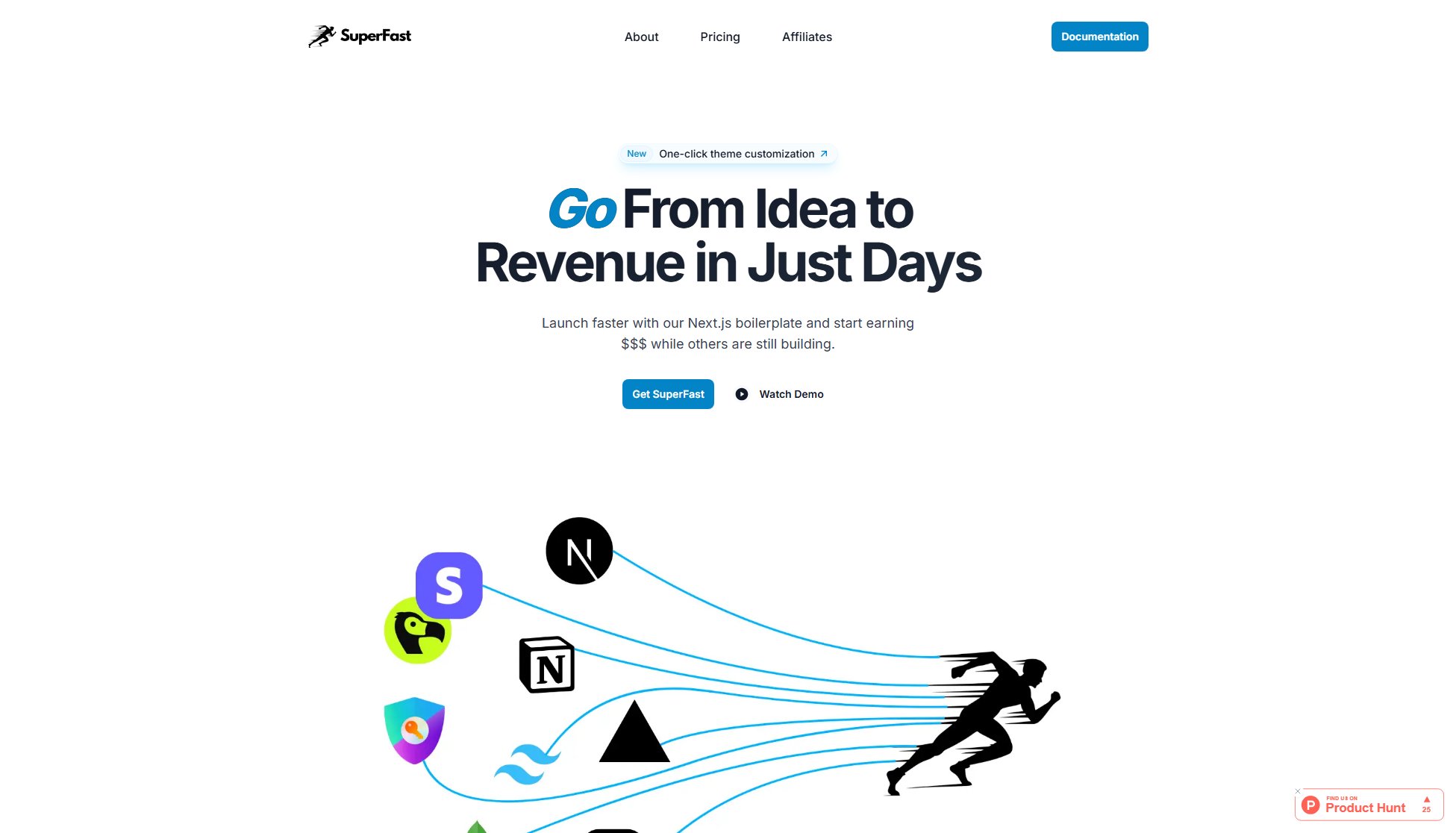VibeHacking
Professional-grade security testing made simple and affordable
What is VibeHacking? Complete Overview
VibeHacking is a security assessment platform designed to automatically detect vulnerabilities in web applications, APIs, and networks. It provides expert-level security testing at an accessible price, making professional-grade security assessments available to everyone. The platform is fully compliant with OWASP Levels 1, 2, and 3, ensuring protection against 85% of web vulnerability threats. VibeHacking is ideal for businesses, developers, and security professionals looking for a cost-effective solution to enhance their security posture without the high costs and long delivery times associated with traditional security consulting services.
VibeHacking Interface & Screenshots
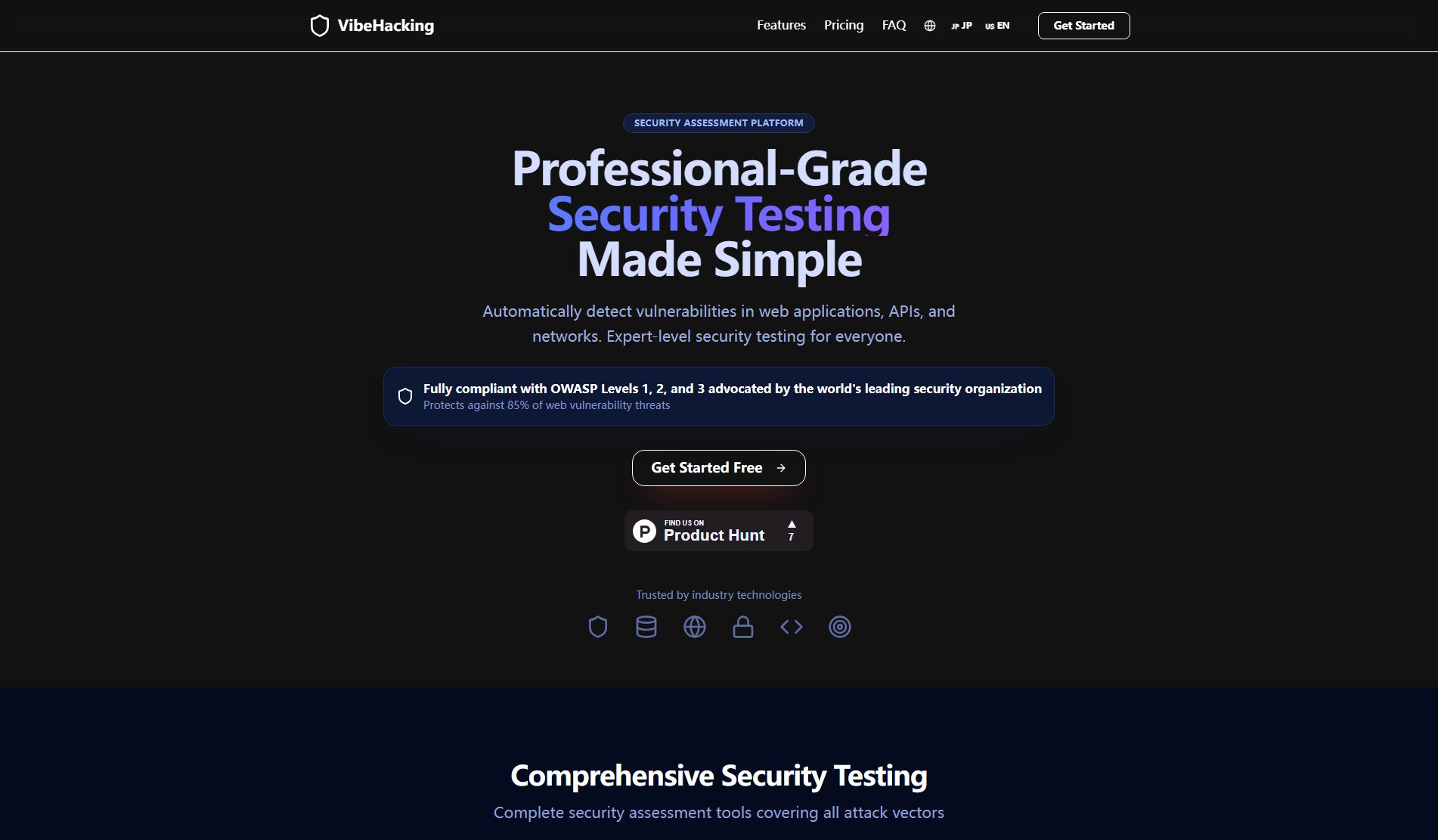
VibeHacking Official screenshot of the tool interface
What Can VibeHacking Do? Key Features
Web Vulnerability Testing
Automatically detects major web application vulnerabilities including SQL injection, XSS, and CSRF attacks. This feature ensures comprehensive coverage of common web security threats, helping users identify and mitigate risks effectively.
Reconnaissance & Intelligence
Provides comprehensive pre-assessment through subdomain enumeration, port scanning, and DNS analysis. This feature helps users gather critical intelligence about their systems before conducting detailed security tests.
Authentication Testing
Validates authentication mechanisms through brute force attacks, JWT manipulation, and session testing. This feature ensures that authentication systems are robust and resistant to common attack vectors.
Network Attacks
Simulates packet sniffing, ARP/DNS spoofing, and DoS attacks for network security assessment. This feature helps users evaluate the resilience of their network infrastructure against various types of attacks.
Real-time Monitoring
Visualizes test execution status and displays results in real-time. This feature allows users to monitor the progress of their security assessments and take immediate action if vulnerabilities are detected.
Detailed Reports
Generates comprehensive vulnerability analysis reports with PDF export functionality. This feature provides users with actionable insights and documentation for compliance and remediation purposes.
Best VibeHacking Use Cases & Applications
Small Business Security
Small businesses can use VibeHacking to regularly scan their websites and APIs for vulnerabilities, ensuring they are protected against common threats without the need for expensive security consultants.
Developer Security Testing
Developers can integrate VibeHacking into their workflow to test new features and updates for security vulnerabilities before deployment, reducing the risk of breaches.
Enterprise Compliance
Enterprises can leverage VibeHacking to maintain compliance with industry standards by regularly assessing their systems and generating detailed reports for audits.
How to Use VibeHacking: Step-by-Step Guide
Apply & Verify: Complete the application form, email verification, and eKYC identity verification to get started with VibeHacking.
Review & Approval: After submitting your application, the VibeHacking team will review your details and grant access to the assessment features upon approval.
Run Assessments: Once approved, you can execute professional-grade security assessments with a single click, enjoying unlimited scans with the Basic plan.
VibeHacking Pros and Cons: Honest Review
Pros
Considerations
Is VibeHacking Worth It? FAQ & Reviews
VibeHacking is a security assessment platform that automatically detects vulnerabilities in web applications, APIs, and networks, providing expert-level security testing at an affordable price.
VibeHacking uses automated testing tools to reduce labor costs and offers a monthly subscription model, making professional security assessments accessible to everyone.
You can only test websites, APIs, and networks that you own or have explicit written permission to test. Unauthorized testing is prohibited.
VibeHacking provides high-accuracy assessments by combining industry-standard tools while minimizing false positives, though manual verification may sometimes be necessary.
